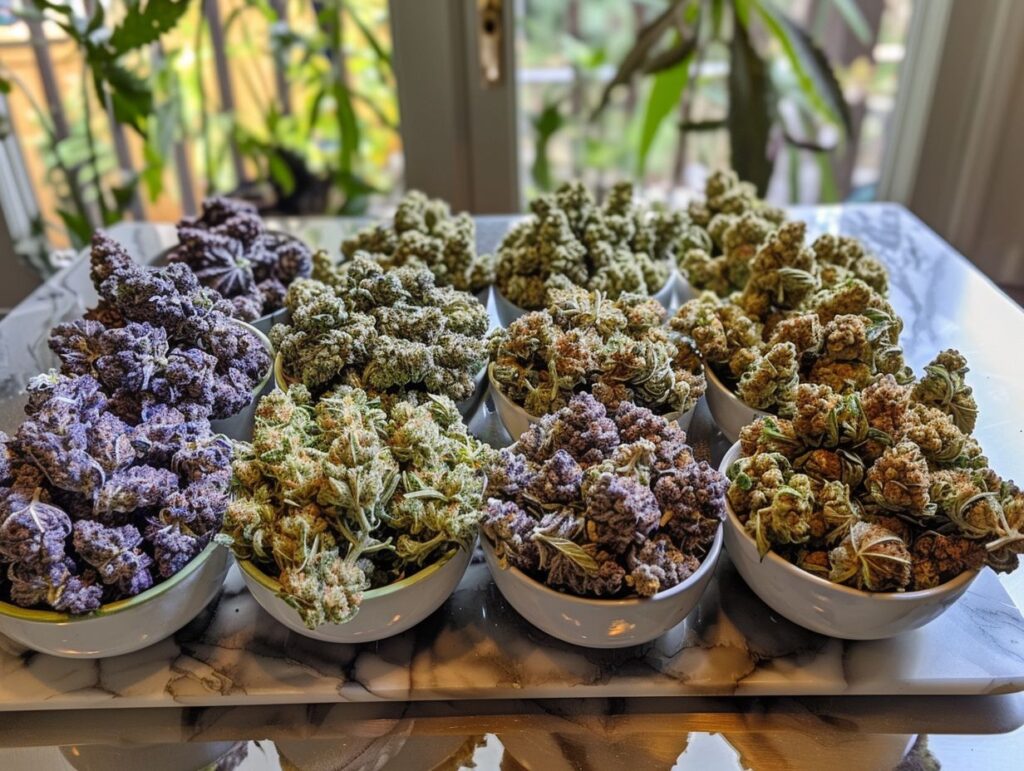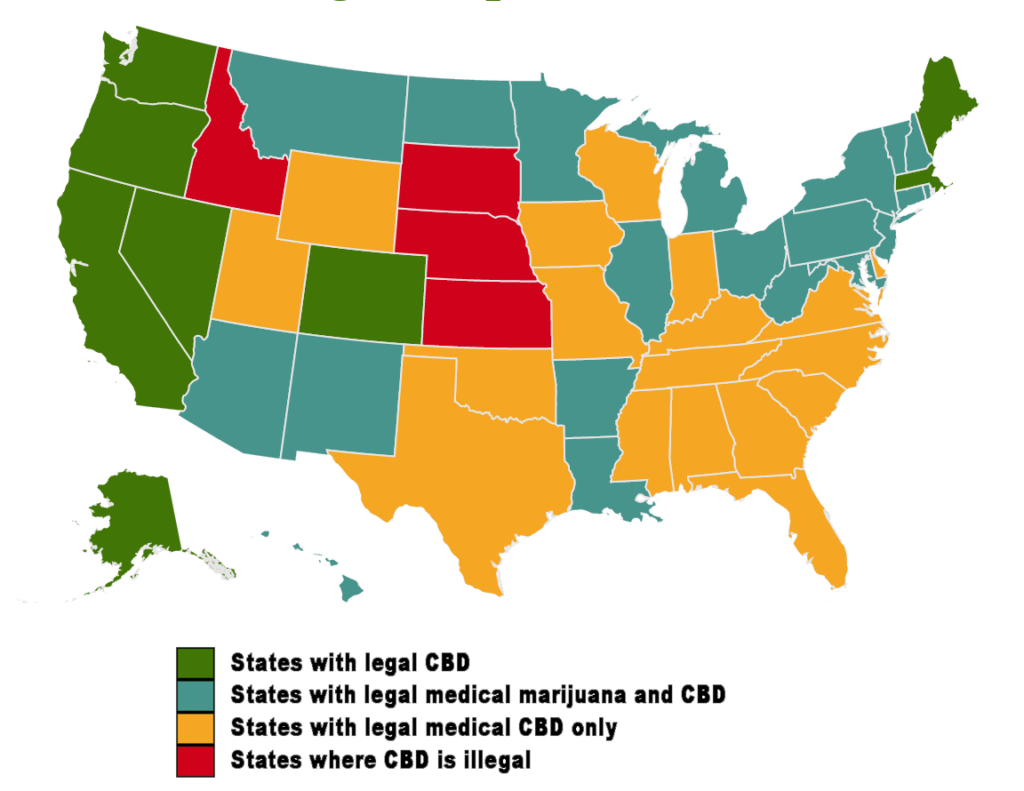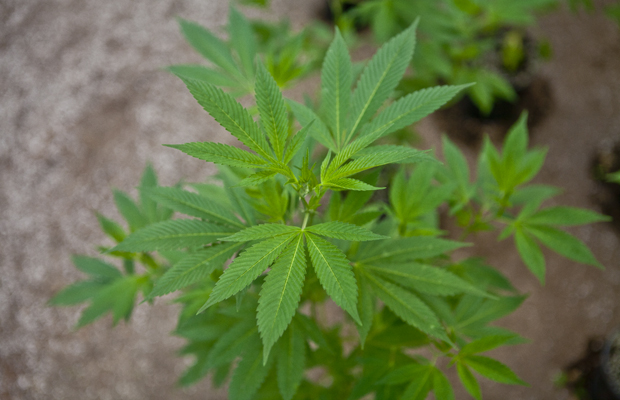
Curious about the different types of marijuana strains and how to choose the best one for smoking? We explore the three main types of marijuana strains - Indica, Sativa, and Hybrid - along with factors to consider when making your selection. From THC and CBD levels to effects, potency, aroma, and flavor, we cover it all. Whether you're a seasoned smoker or a novice, these tips will help you find the perfect strain for your preferences and experience level. Let's dive in! What Is Marijuana? Marijuana, also known as cannabis, refers to the dried flowers, leaves, stems, and seeds from the Cannabis plant. It is commonly used for recreational and medicinal purposes due to its psychoactive properties. The origins of marijuana can be traced back thousands of years, with historical evidence showing its usage for various purposes in different cultures. In terms of forms, marijuana comes in various strains, each with different levels of THC content and CBD levels. These different strains can produce varying effects on the user, ranging from relaxation and euphoria to heightened creativity and focus. The consumption methods for marijuana include smoking, vaping, edibles, tinctures, and topicals, offering users a wide range of options to suit their preferences and needs. What Are The Different Types Of Marijuana Strains? Marijuana strains can be broadly categorized into three main types: Indica, Sativa, and Hybrid. Each strain offers unique characteristics in terms of effects, flavors, and aromas. Indica strains are known for their relaxing and sedating effects, making them ideal for nighttime use. They typically have higher levels of the terpene myrcene, which contributes to their calming properties. Popular Indica varieties include Granddaddy Purple, Northern Lights, and OG Kush. On the other hand, Sativa strains are more energizing and uplifting, often recommended for daytime consumption. Sativas tend to have a higher concentration of terpenes like limonene and pinene, which enhance their mood-boosting qualities. Common Sativa strains include Sour Diesel, Jack Herer, and Durban Poison. Indica Strains Indica strains are known for their relaxing and sedative effects, making them popular choices for individuals seeking pain relief or relaxation after a long day. These strains are often characterized by their high levels of CBD, a cannabinoid known for its anti-inflammatory and analgesic properties. Common terpenes found in Indica strains include myrcene, which contributes to the sedative effects, and linalool, known for its calming properties. Popular Indica strains such as Granddaddy Purple, Northern Lights, and OG Kush are highly sought after for their potent therapeutic benefits. Indoor cultivation with controlled lighting and temperature is a common technique used to grow Indica strains, ensuring optimal yield and quality. Consumption methods vary from smoking dried flower to using edibles infused with Indica extracts, catering to different preferences and needs. Sativa Strains Sativa strains are known for their uplifting and energizing effects, often associated with enhanced creativity and mood elevation. These strains are popular among consumers seeking a boost in energy and focus, making them ideal for daytime use. They are believed to stimulate the…



